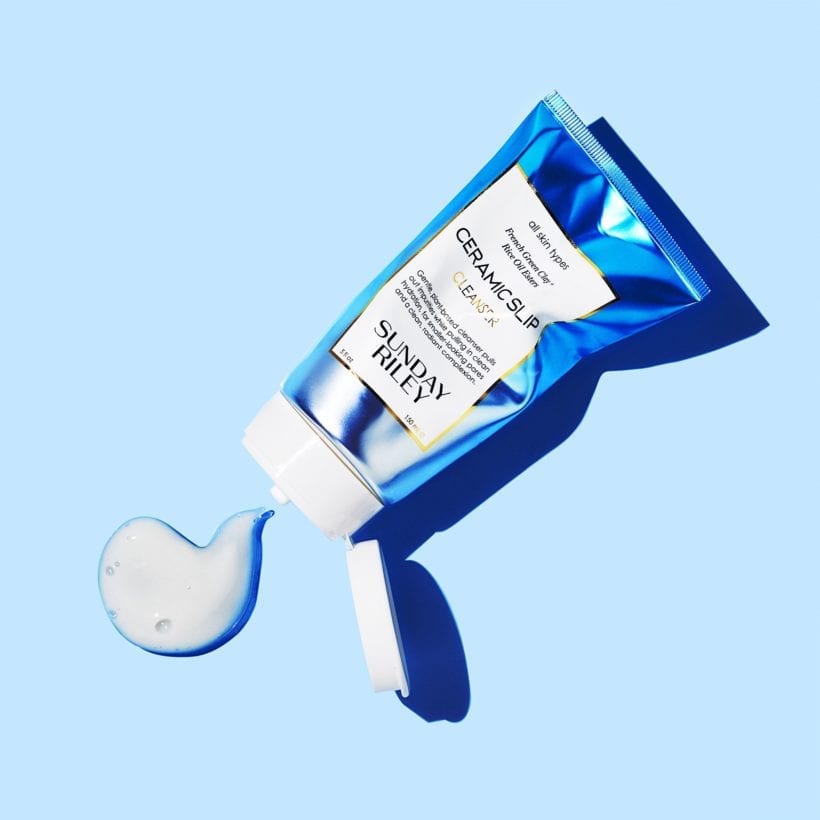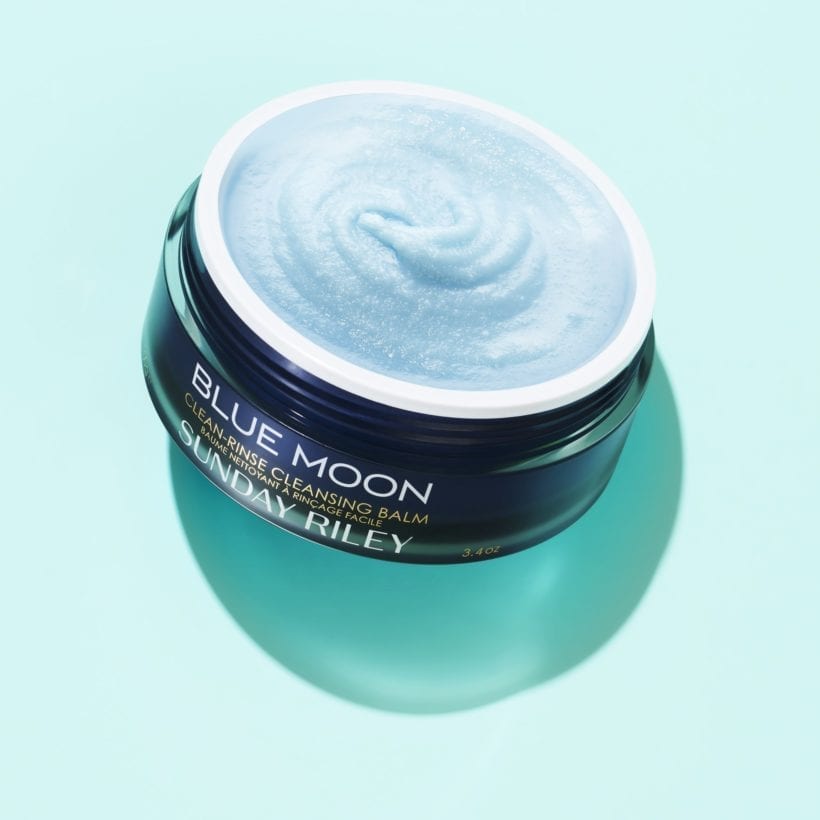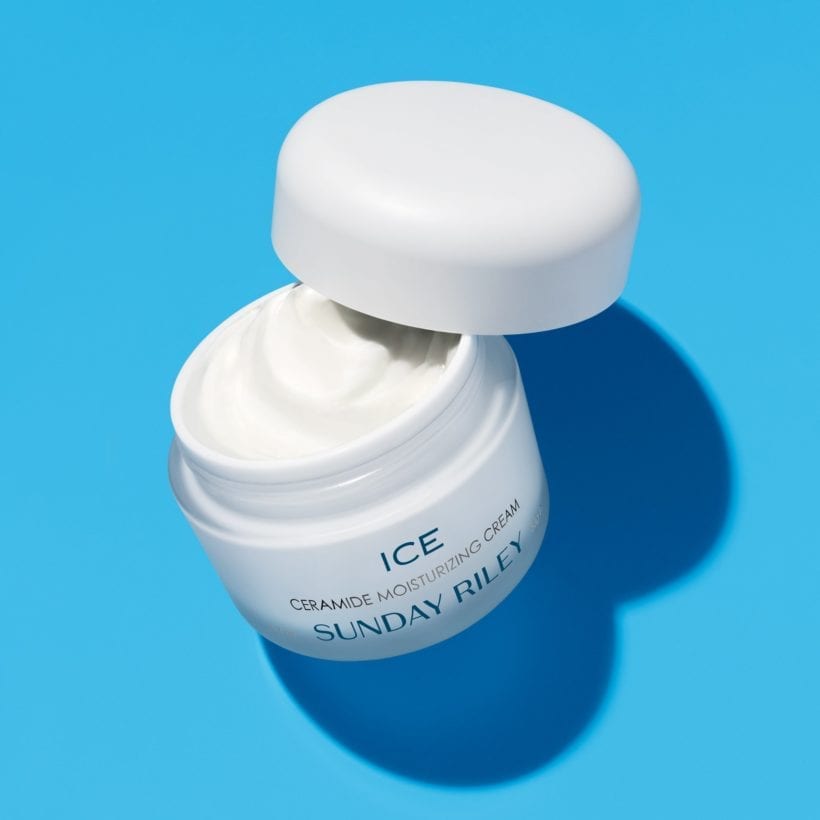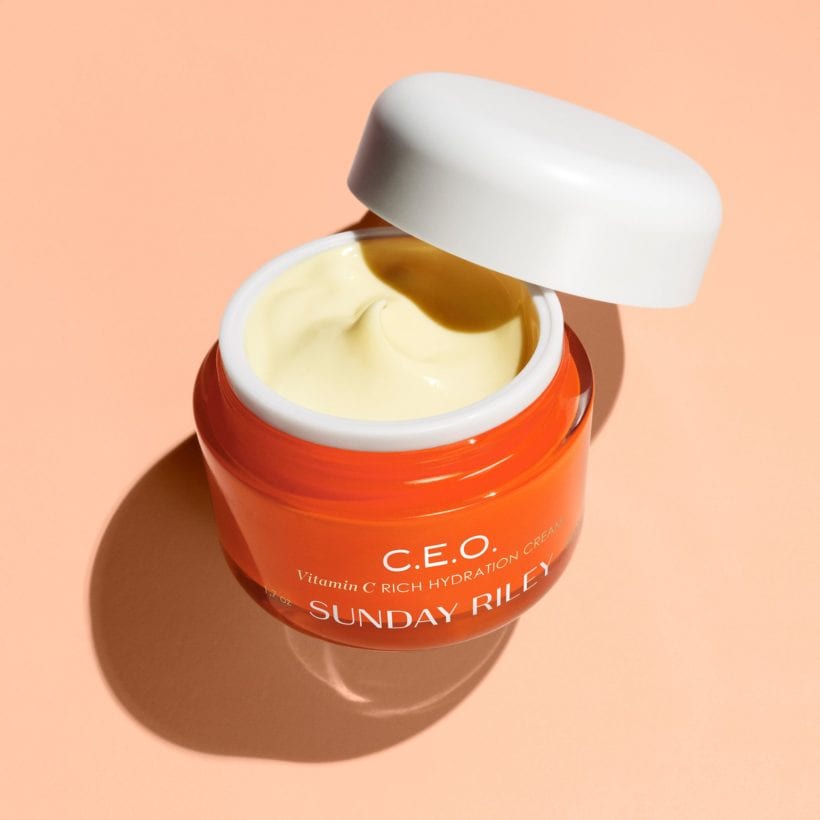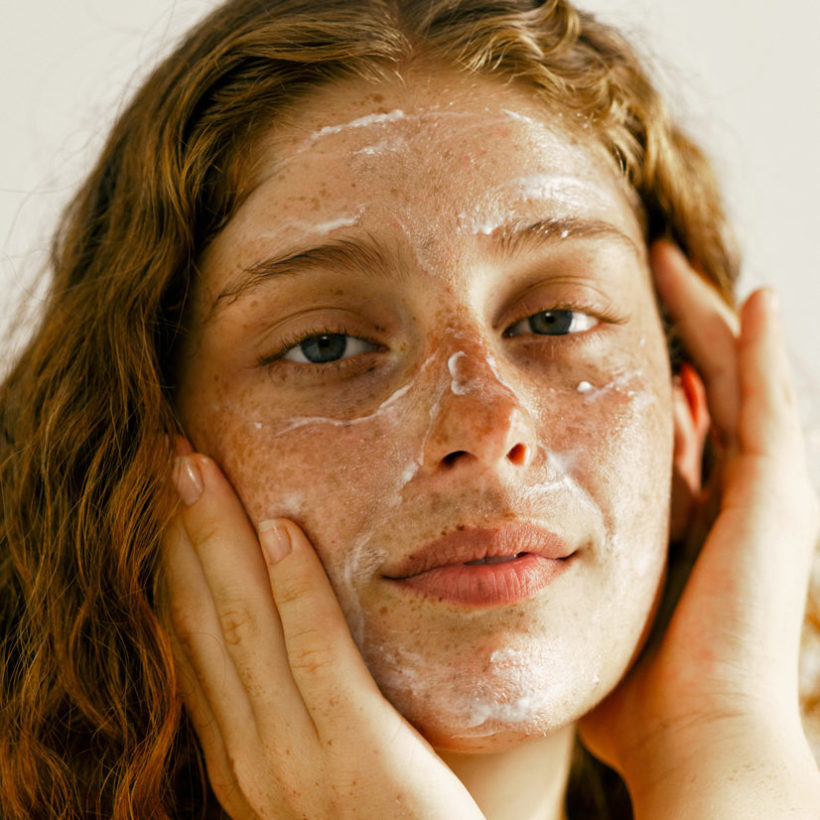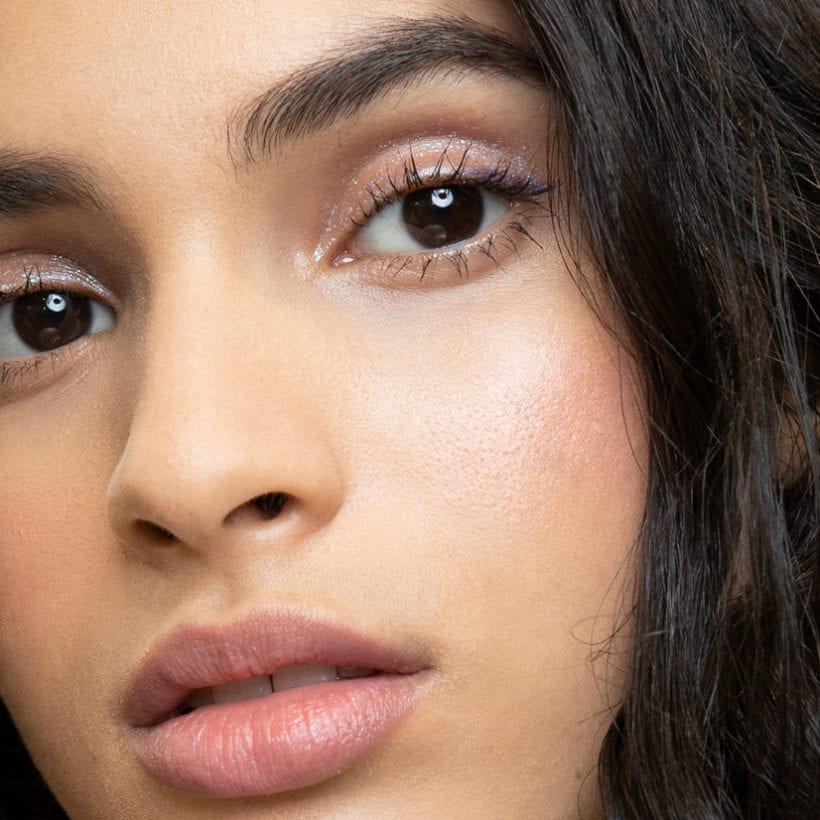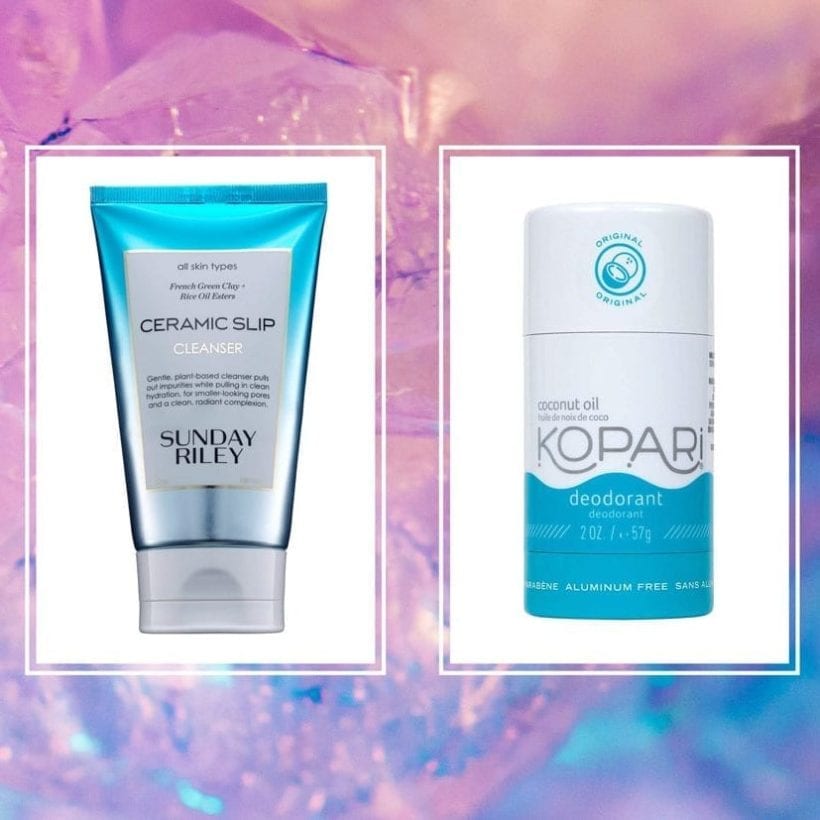Although it may seem like the simplest step in your skincare routine, it turns out there are wrong ways to cleanse your face. Choosing the wrong formula for your skin type, overdoing it on exfoliation, forgetting to follow with moisturizer — these are all common cleansing pitfalls.
Technique matters too, and when it comes to how you cleanse your face, there’s more than one way to get the job done. If you’ve been perusing TikTok — home of the good, the bad, and the please-don’t-do-it of beauty recommendations — for skincare advice, you’ve probably come across a particularly buzzy technique called “dry cleansing.”
We asked dermatologists what dry cleansing is all about and whether you should incorporate it into your skin care routine.
Meet the Experts
Hadley King, M.D., is a board-certified dermatologist in New York.
Carmen Castilla, M.D., is a board-certified dermatologist in New York.
What Is Dry Cleansing?
Raise your hand if the first step in your evening skincare routine involves splashing warm water on your face before lathering in your go-to cleanser. Same. This is the standard method of cleansing for a reason — it’s the way cleansers are formulated and tested for use, designed to give you a gentle cleanse that removes oil, dirt, and makeup.
Dry cleansing, as the name implies, involves skipping that step, putting a gel-based or foaming cleanser straight onto dry skin and massaging as you normally would. The method isn’t completely devoid of water. Following the initial massage, step two is to rinse your hands in warm water and massage your face again, explains Hadley King, M.D., a board-certified dermatologist in New York. This way, you’re adding a little water to create a lather without fully rinsing your face.
The final step is to use a damp cloth to remove the cleanser, Dr. King says. Since you’re not doing a full rinse with water, this is particularly important to make sure you’re removing all residue — both the cleanser itself and the makeup and oil you’ve just lifted from your pores.
Post-cleanse, follow up with your usual serum and moisturizer, says Dr. King.
Is Dry Cleansing Effective?
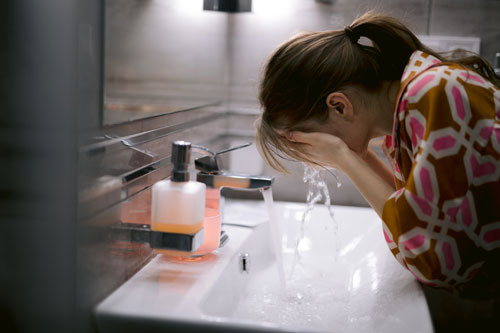
Dry cleansing may be the skincare trend of the moment on TikTok, but it’s not necessarily more effective than regular old wet cleansing, according to dermatologists. “Proponents say that you get enhanced benefits from your cleanser if you’re not diluting it with water,” says Dr. King.
This may be true if you’re using a cleanser with an active ingredient like salicylic acid or benzoyl peroxide. “There are certain cleansers that do need to sit on your skin briefly to be effective,” says Carmen Castilla, M.D., a board-certified dermatologist in New York. “I generally recommend this for acne patients.”
If you’re using a regular, gentle cleanser, letting it sit on your skin undiluted vs. lathering and rinsing with water probably isn’t going to make a big impact unless you’re simply looking to switch up your skincare routine.
Is Dry Cleansing Suitable for All Skin Types?
If you have dry skin, beware the dry cleanse. “Dry cleansing is definitely irritating for those with dry or sensitive skin,” says Dr. Castilla. First off, this likely isn’t how the product was tested, she explains, and putting the concentrated soap directly on your skin if it was designed to be diluted with water may prove too intense for those with a sensitive visage.
For this reason, she goes so far as to not recommend dry cleansing. “If products have not been tested for use in this manner, it could have safety issues,” she says. The more likely issue is that, depending on the formula, dry cleansing may introduce more friction to your skin, causing irritation. “The concentrated soap will not spread as well,” Dr. Castilla says, “though this is less likely with a cream based cleanser.”
For those with particularly oily skin, the added potency of dry cleansing may sound attractive. But “because it’s best to dry cleanse with super gentle, non-foaming cleansers, then very oily skin types may prefer a foaming cleanser with more surfactants,” Dr. King says, or double cleanse instead. (For those with acne, you can let your cleanser sit on your skin for a few moments à la dry cleansing to get that added effectiveness, even when you’re using a traditional water method.)
What Type of Cleanser Should I Use?
If you’re going to try dry cleansing, look for a super gentle formula (the experts recommended opting for a cream or balm). “I would steer clear of using any soap with an active ingredient such as a chemical exfoliator or benzoyl peroxide as a dry cleanser,” says Dr. Castilla. “At baseline these ingredients can be very drying and irritating. Applying a concentrated version on your skin will likely lead to dryness and irritation.”
If you try dry cleansing, make sure you don’t skip the moisturizer. Since the method can cause more irritation than cleansing with water, it’s especially important to make sure you’re replenishing hydration and protecting your skin barrier.
We only recommend products we have independently researched, tested, and loved. If you purchase a product found through our links, Sunday Edit may earn an affiliate commission.

